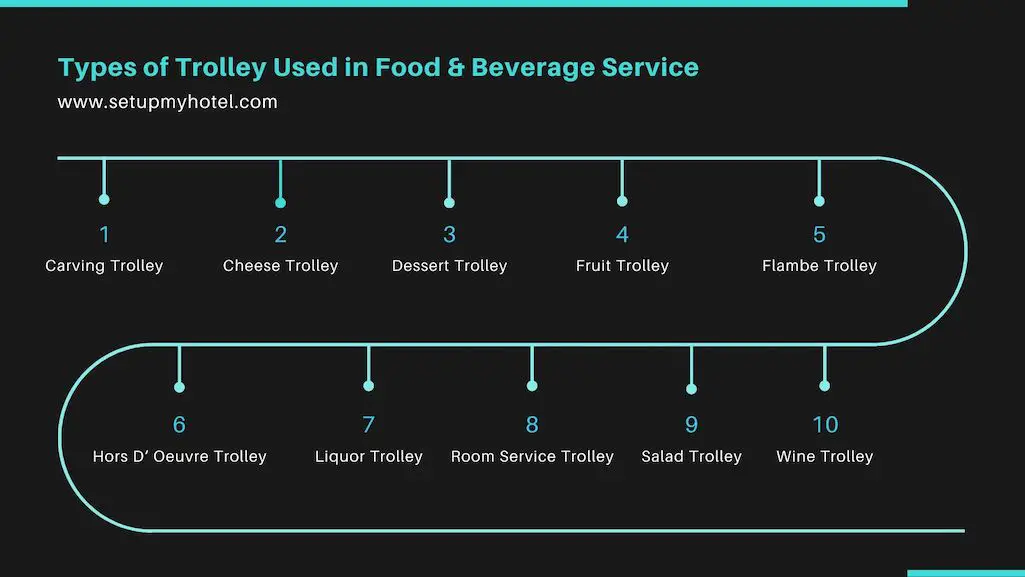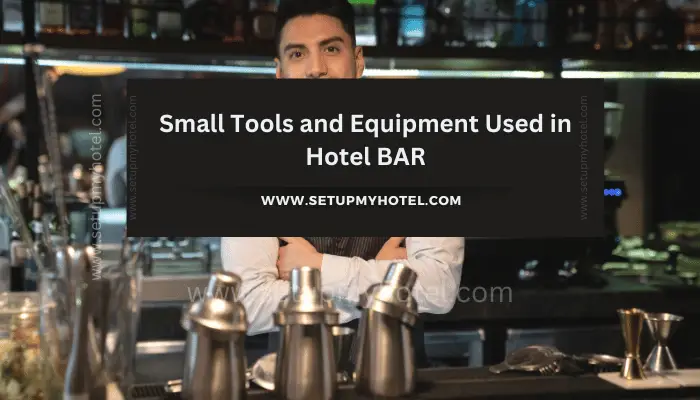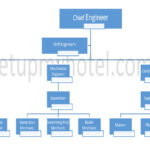How To Reduce Skipping (Non Paying) Guest In Restaurants?

How to Reduce Skipping (non-paying) guests in Restaurants? Reducing the number of non-paying guests, commonly referred to as “skipping” or ...
Read more
4 Types Of F&B Par Stocks
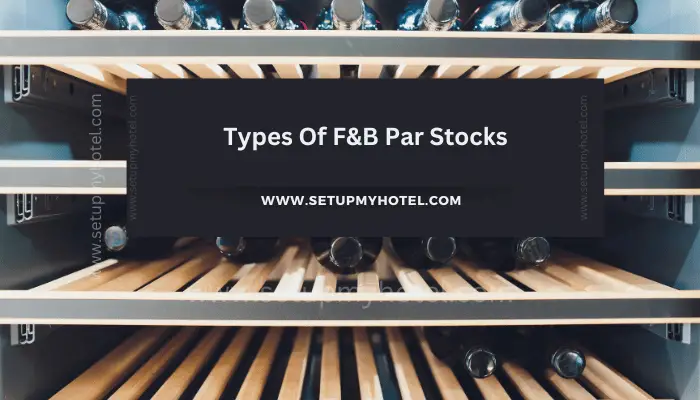
What are the types of Food & Beverage Par Stocks The food and beverage industry, “par stock” refers to the ...
Read more
Room Service / In-Room Dining Department Layout Or Design
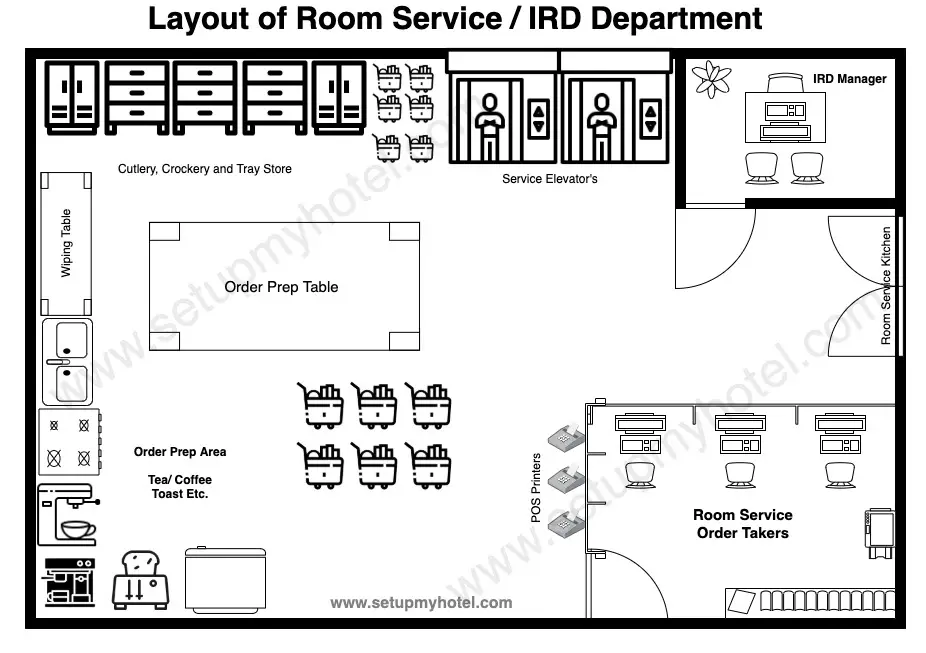
Standard Layout of Room Service / In-Room Dining (IRD) The layout of a hotel room service department can vary depending ...
Read more
Types Of Spoons And Knives Used For Food & Beverage (F&B) Service
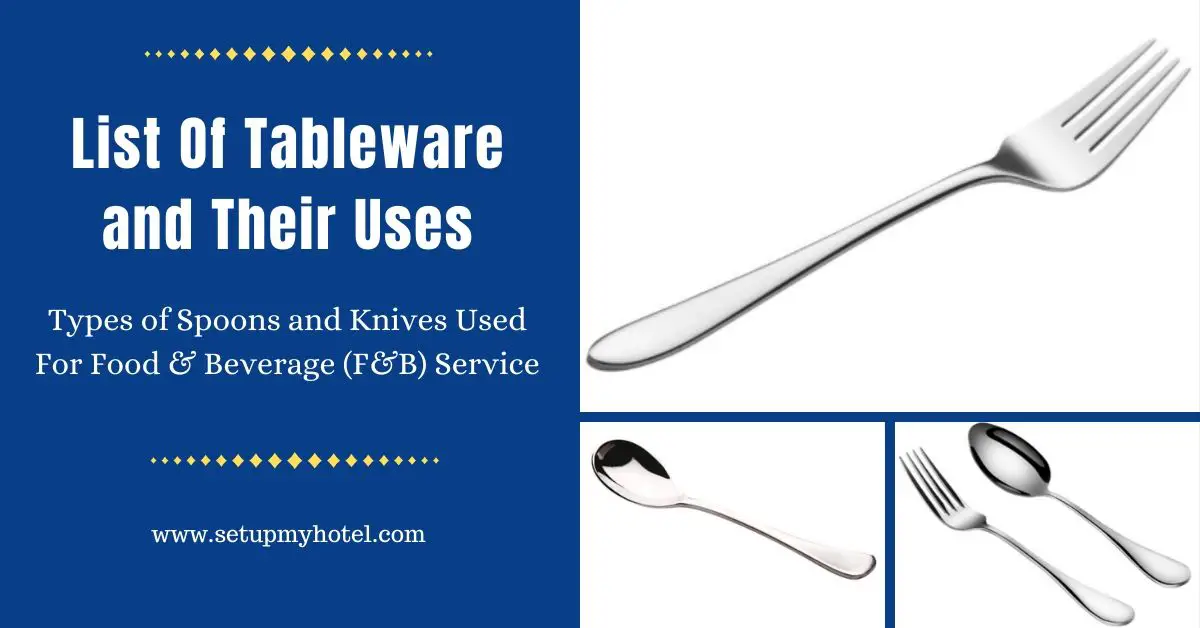
Different Types of Spoons and Forks Used in Food and Beverage Services In the food and beverage industry, there are ...
Read more
Defining Reservation Policies In Restaurants | Coffee Shops (F&B) – Hotels | Resorts
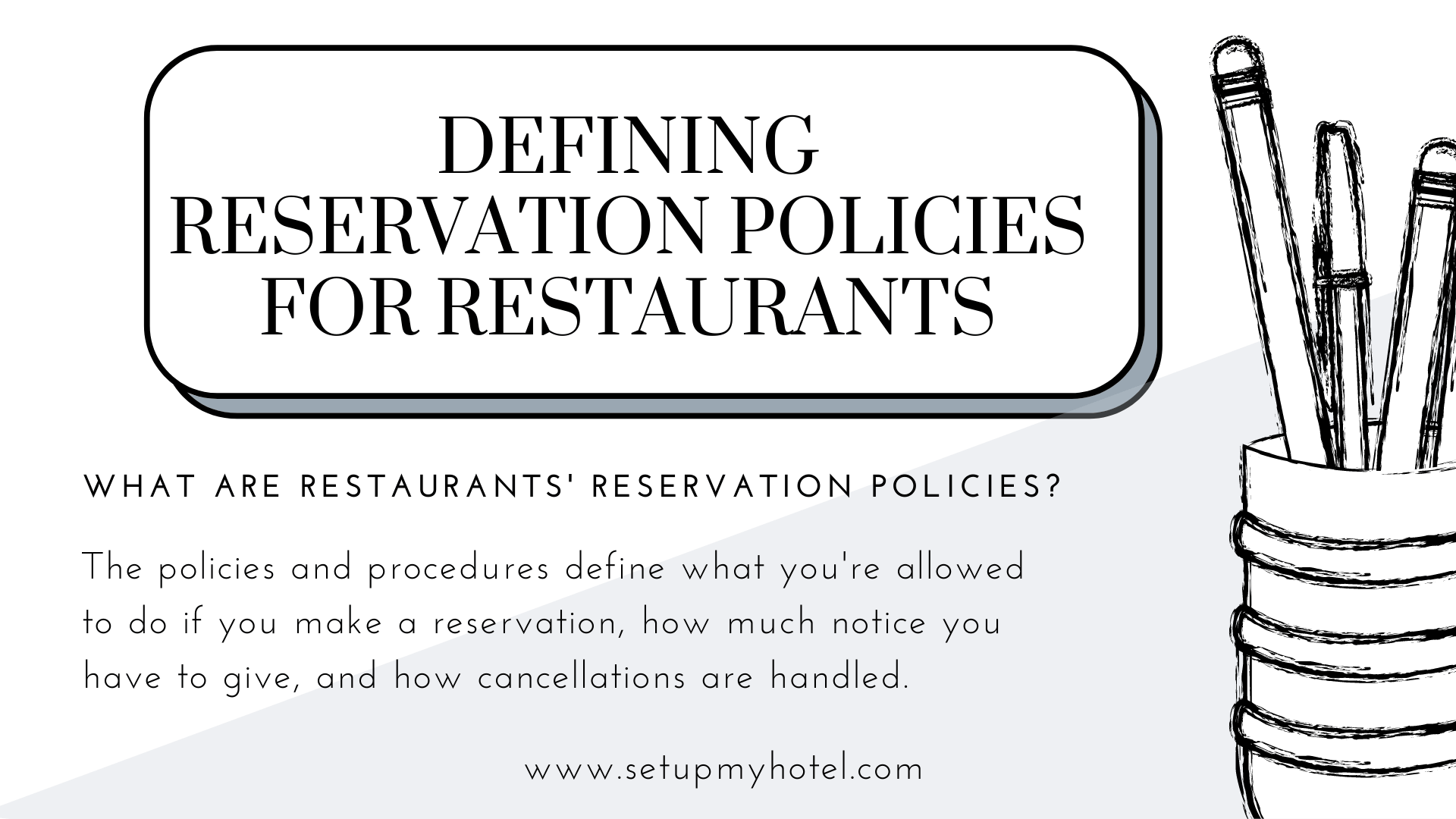
Defining Reservation Policies in Restaurants | Coffee Shops Introduction: What are hotel restaurants’ reservation policies? Many hotels have a “reservation ...
Read more
Five Step Process In Restaurant Revenue Management Approach
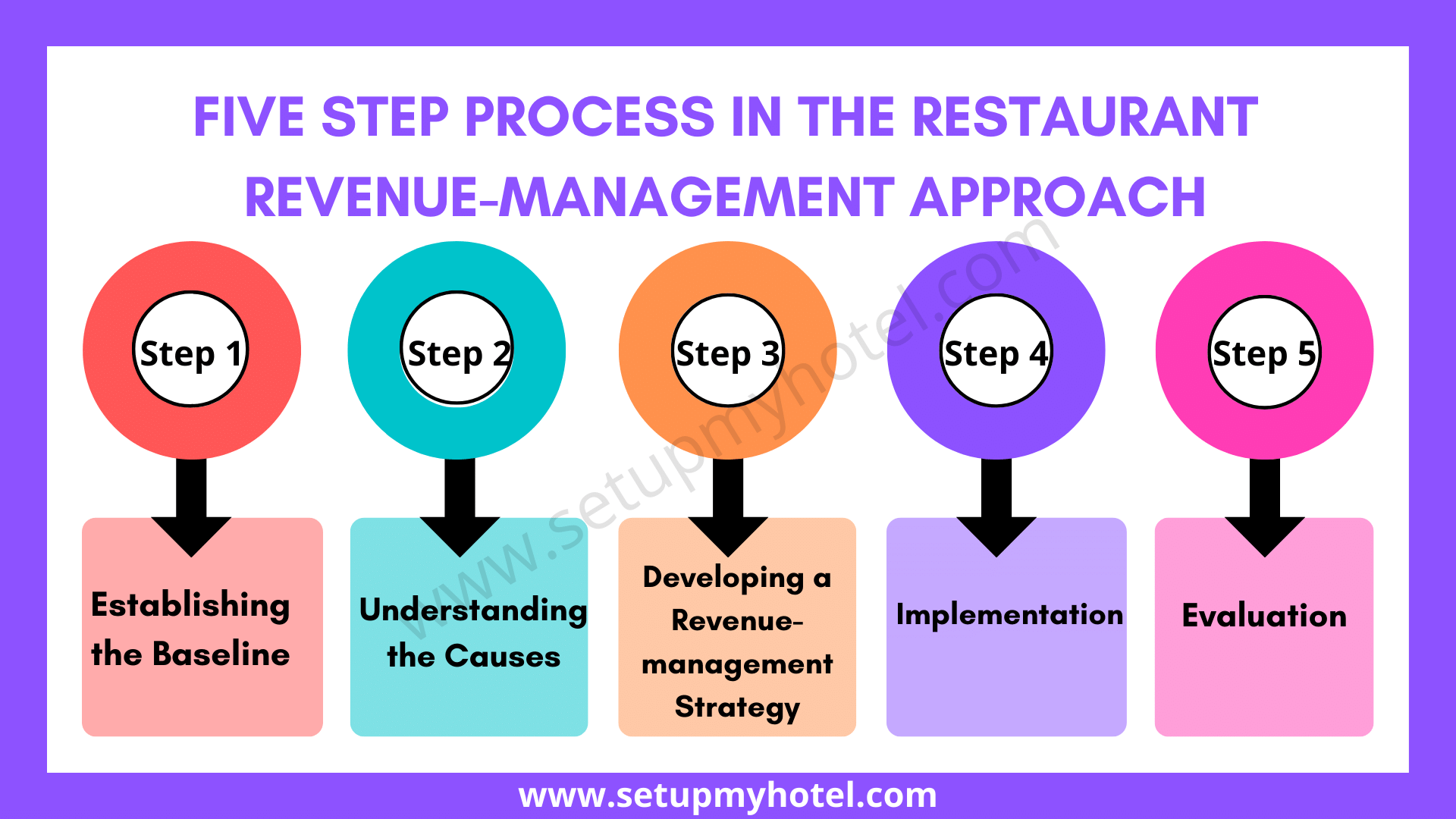
Five-Step Process In Revenue – Management Approach The five-step process outlined above was used to develop a revenue management strategy ...
Read more
Advantages Of Using Point Of Sales (POS) System In Hotels

Advantages Of Using Point Of Sales (POS) System In Hotels Introduction: Point of sale (POS) systems play an important role in ...
Read more

